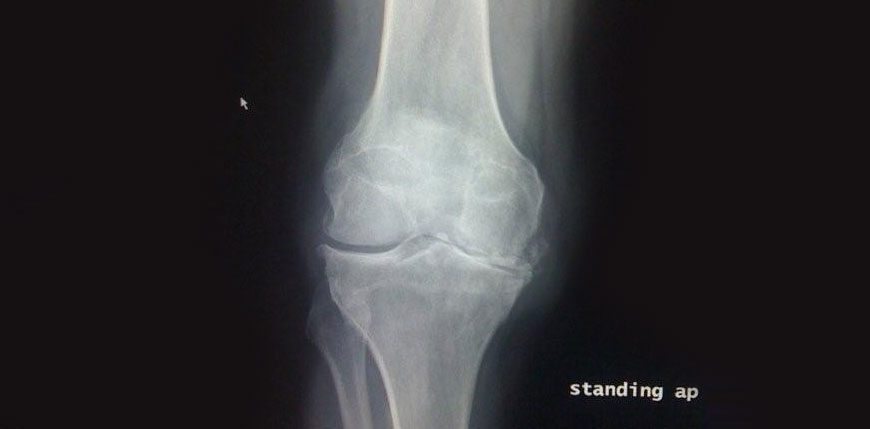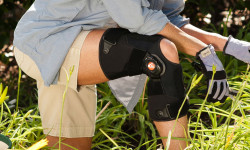"My ACL reconstructions don't require a brace !"
A conversation between a surgeon and Bledsoe Brace Systems…
When a physician states that his ACL reconstructions are so strong that his patients don’t require bracing, he is speaking strictly of the mechanical strength of the procedure. He is also acknowledging that most braces do not provide much protection against anterior tibial movement that places a strain against the reconstructed ACL. Functional braces do provide benefits beyond mechanical protection against ACL failure. For most braces, the proprioceptive role is their most important contribution to rehabilitation.
Many maneuvers occur so quickly that the body cannot react in time to reduce the force placed on certain structures (for instance the ACL). The result is failure of the structure. The physician then re-constructs the structure using various graft procedures. The graft is initially weak. New collagen is formed that must undergo maturation. The maturation time is quite long. The reconstructed ACL no longer provides signals from its mechano-receptors that quantify the strain it is experiencing. The primary reflex arc of the hamstring muscle (that protects the ACL) is therefore missing. The secondary hamstring reflex arc is too slow. Sports specific training tends to focus on precise concentric and eccentric contractions of the primary muscle group while training away the antagonist muscle therefore further reducing the ability of the hamstrings to protect the reconstructed ACL. Stable force and muscle patterns cannot be properly re-built until the strength of the reconstructed ligament has begun to reach a plateau, because these force patterns would be built on a moving target. During this time the patient is at risk for failure or progressive stretching of the reconstruction. His proprioception, particularly joint position sense, may be reduced. Patients therefore look for any external information that may help them experience a greater sense of stability.
Braces act as external biofeedback devices. They are giant skin amplifiers. They provide a great deal of information about force, position, movement, and acceleration. Different brace designs with different materials tend to produce slightly different effects. However, an overwhelming majority of patients experience increased confidence, increased ability to more quickly return to their former level of activity, as well as reduced sensations of instability when wearing a brace. There must be some reason for this observation. Braces are not something that people want to wear. When a patient says that he feels better in his brace, he may be speaking of the proprioceptive information it provides without knowing it. Different patients have different abilities when it comes to proprioception, joint position sense, and compensation.
The two major roles for bracing are proprioception and slowing the rate of load. In other words, a patient with a brace begins to perceive force before the point that his ligaments recognize the force. Or, the brace may be providing enough additional position or force information to overcome confusion in his force and muscle pattern systems. The brace also tends to slow the loading rate slightly. The result is a broader window in which the muscles can react to stabilize the joint. As long as the patient perceives some benefit from his brace that exceeds the detriments of wearing one, he will continue to use the brace.
Most patients will stop wearing a brace when it is no longer necessary. Clinically, patients usually tell the physician that their knee begins to feel normal between 18 months and 24 months following reconstruction. It may feel strong well before this point, but it usually does not feel normal. Therefore, think twice about the needs of the patient, they are not all mechanical.
Maybe they do need a brace!




